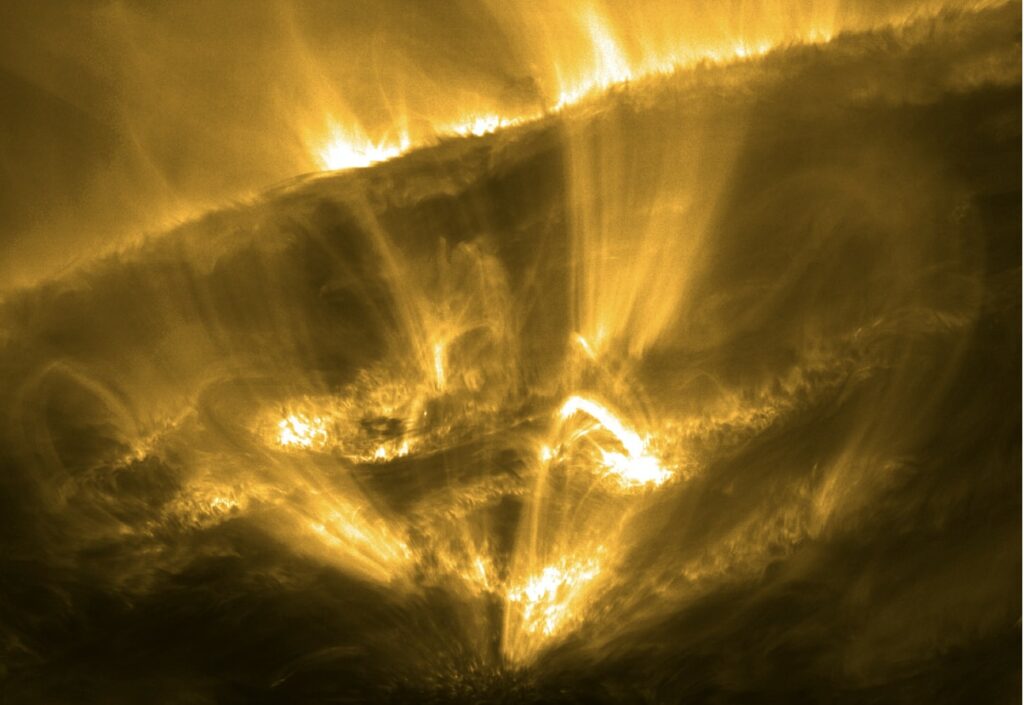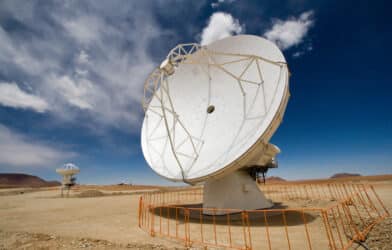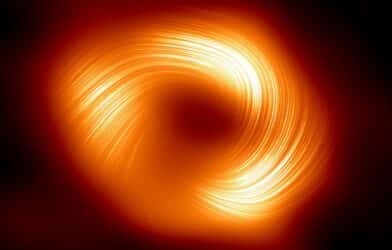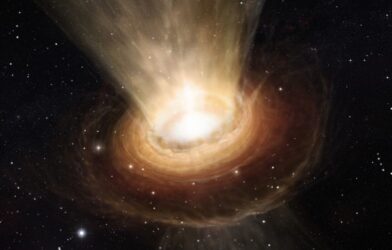Shooting stars have long captured the awe and imagination of spectators across the world. Now, astronomers are sharing their own fascinating find — “shooting stars” of sorts in the Sun’s atmosphere! The findings come from observations made by the European Space Agency’s Solar Orbiter (SolO), which revealed meteor-like fireballs as part of the spectacular plasma formations.
The researchers identified a meteor-like phenomenon taking place in what is known as “coronal rain,” a spectacular display of plasma in the Sun’s outer atmosphere, or corona. While plasma is essentially superheated gas, “coronal rain” is a bit different; it’s the result of parts of this hot gas clumping together due to sudden temperature drops. These clumps then plummet back to the Sun’s surface, influenced by gravity, at speeds exceeding 100 kilometers per second.
SolO recently flew extraordinarily close to the Sun, covering a distance of only 49 million kilometers, which is about one-third of the distance between Earth and the Sun. This close approach allowed scientists to get unprecedented high-resolution images of the Sun’s corona.
“The inner solar corona is so hot we may never be able to probe it in situ with a spacecraft. However, SolO orbits close enough to the Sun that it can detect small-scale phenomena,” says Patrick Antolin, Assistant Professor at Northumbria University and the project’s lead author, in a statement. “Just detecting coronal rain is a huge step forward for solar physics because it gives us important clues about the major solar mysteries, such as how it is heated to millions of degrees.”
Comparing ‘Shooting Stars’ on the Sun and Earth
On Earth, a shooting star occurs when meteoroids (space objects ranging from dust grains to small asteroids) enter our atmosphere at high speeds and burn up. In the case of the Sun, its corona is much less dense, meaning that these “shooting stars” are more likely to reach the Sun’s surface intact.
According to SolO’s observations, the impacts of these clumps on the Sun can cause brief, intense brightening and even generate shock waves that reheat the gas above.
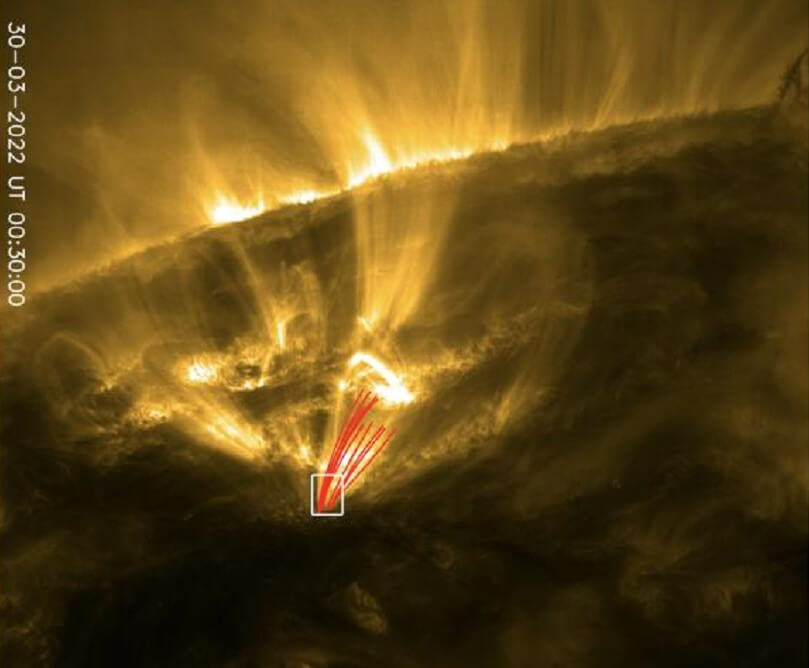
While meteors in Earth’s atmosphere leave a trail due to a process called “ablation,” the Sun’s magnetic field ensures that its “shooting stars” do not. Instead, the falling gas is partially ionized and follows magnetic lines, making the phenomenon harder to capture visually.
The observations also confirm earlier research showing that coronal rain is far more common than previously thought, thus providing invaluable insights into understanding the Sun’s enigmatic behaviors.
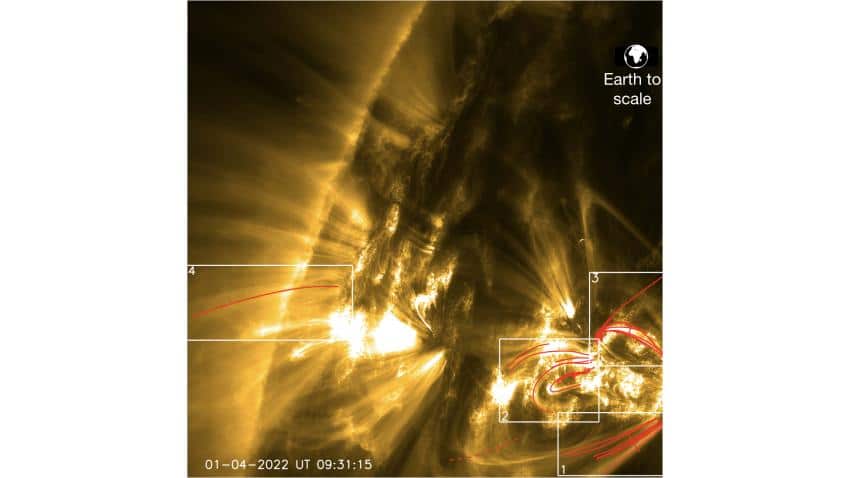
“If humans were alien beings capable of living on the Sun’s surface, we would constantly be rewarded with amazing views of shooting stars,” says Antolin. “But we would need to watch out for our heads!”
So, next time you wish upon a shooting star, remember that even our Sun, the glowing heart of our solar system, has its own fiery version of these celestial wonders.
The research was presented at the National Astronomy Meeting (NAM 2023). It is published in a special issue of the journal Astronomy & Astrophysics.
